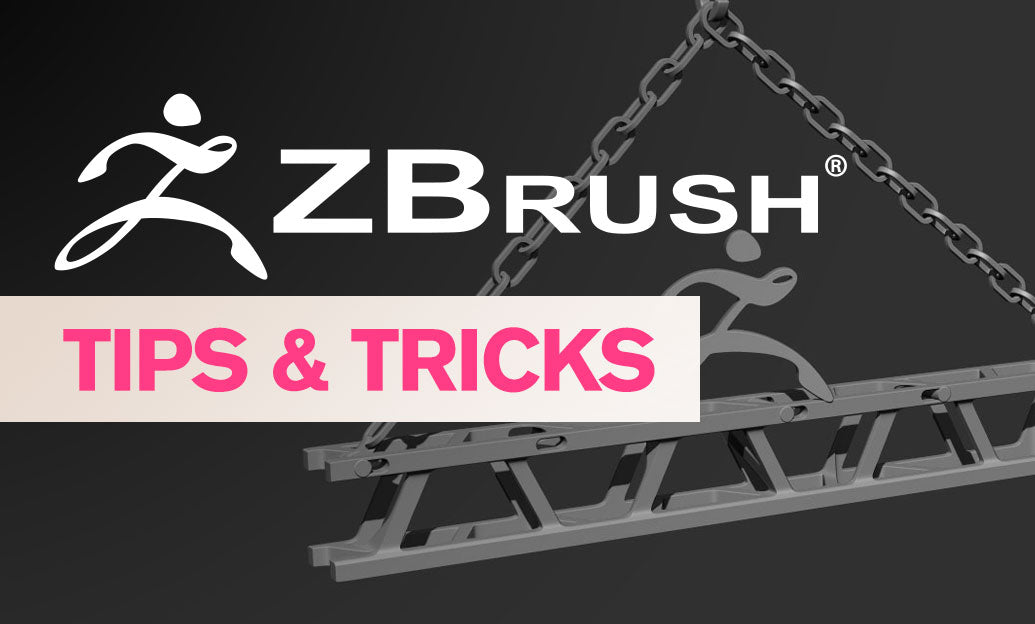Your Cart is Empty
Customer Testimonials
-
"Great customer service. The folks at Novedge were super helpful in navigating a somewhat complicated order including software upgrades and serial numbers in various stages of inactivity. They were friendly and helpful throughout the process.."
Ruben Ruckmark
"Quick & very helpful. We have been using Novedge for years and are very happy with their quick service when we need to make a purchase and excellent support resolving any issues."
Will Woodson
"Scott is the best. He reminds me about subscriptions dates, guides me in the correct direction for updates. He always responds promptly to me. He is literally the reason I continue to work with Novedge and will do so in the future."
Edward Mchugh
"Calvin Lok is “the man”. After my purchase of Sketchup 2021, he called me and provided step-by-step instructions to ease me through difficulties I was having with the setup of my new software."
Mike Borzage
V-Ray | Procedural OBJECT BLENDING
November 06, 2023 3 min read

Dive into the fascinating realm of shader blending using V-Ray. The objective of this video tutorial is to integrate separate objects seamlessly, utilizing a procedural workflow. We'll master the art of blending various shaders to create a harmonious composition and, most importantly, eradicate those unsightly transition lines. The result? A stunning and cohesive final product.
Unifying Objects
The tutorial commences with the promise of imparting wisdom on shader blending. This technique is instrumental in achieving the seamless integration of distinct objects. We will adopt a procedural approach, facilitating the harmonious merging of various shaders. The ultimate goal is to ensure a flawless transition, eradicating any discernible lines between objects.
Setting the Stage
The journey unfolds within a simple yet illustrative demo scene. It features a desert floor material and a collection of rocks. Initially, these rocks appear merely stuck onto the ground, maintaining a distinct separation from the environment. The objective is to explore procedural methods that will yield a more natural and integrated look. A smooth transition between the floor and the rocks is the essence of our quest.
Versatility and Efficiency
The core of this approach lies in its procedural nature. Once set up, it can be applied universally across your scene. The advantages are manifold, ensuring versatility and efficiency in your 3D modeling endeavors.
The Starting Point
This tutorial begins at the starting point of the demo scene. The rocks are already present, looking reasonably realistic. However, they do not seamlessly blend into the floor, marked by evident, harsh transitions. This stark distinction gives the scene an unmistakable computer-generated aura.
Shader Blending
The Key to Unity
The process of blending different shaders is fundamental to our mission. To facilitate this, we introduce the V-Ray Blend Material. This material serves as the base and opens the door to blending other shaders. In our case, we combine a sand material with a rock material.
Blending in Action
The V-Ray Blend Material
With the V-Ray Blend Material in place, we are equipped to layer and blend various shaders. In this instance, the sand material is added on top of the rock material. The blending process involves a gradual fade between the two materials, a technique we will explore further.
The Mask
This crucial element replaces a color slider, offering precise control over the transition. While pure white represents one material and pure black represents another, the shades in between create a gradual shift between the two materials.
Creating Natural Transitions
We delve deeper into creating a mask, utilizing a procedural approach. The objective is to ensure that the sand appears primarily in areas close to the ground. It shouldn't dominate the elevated areas of the rocks.
Mask Fine-Tuning
Achieving the Desired Effect
To refine the transition and fine-tune our mask, we explore various parameters. By adjusting the distribution and falloff settings, we can achieve the desired natural effect, allowing the sand to seamlessly blend with the rocks.
Creating the Sand Effect
Depth and Realism
Our next step is to introduce a sense of depth to the sand. We implement the V-Ray Dirt material to create the effect of sand accumulation in crevices, giving it a more realistic appearance.
Refining the Sand
Tinkering with Parameters
The process involves tweaking the V-Ray Dirt parameters, particularly the radius and distribution. This yields a more natural distribution of sand, ensuring that it accumulates in the right places.
Combining the Effects
Achieving Unity
Now, it's time to combine all the different effects seamlessly. This is achieved using the 'Union' command. By unifying the components, we ensure that they work in harmony, making the scene more realistic.
Finishing Touches
Hiding Transition Lines
Despite the impressive progress, we must address an issue: sharp transition lines between the rocks and the sand. These lines, although greatly reduced, still exist. We utilize a V-Ray Bump Material and the V-Ray Edges Texture to hide these transition lines. This final step contributes to a harmonious and professional finish.
Final Result
A Seamless Integration
The tutorial concludes with a stunning result. Through a procedural approach and the ingenious use of shader blending, we have successfully blended the rocks into the desert floor. There are no harsh transition lines, and the entire scene exudes a natural and realistic appearance.
We hope this tutorial has enriched your understanding of shader blending and procedural workflows in 3ds Max. The possibilities are endless, and the skills acquired here can be applied to various 3D modeling projects. Explore, create, and enjoy your 3D modeling journey!
Also in Design News

ZBrush Tip: Project All Best Practices: Preserve Sculpt Detail, Polypaint, and Topology
October 28, 2025 2 min read
Read More
AutoCAD Tip: Optimize AutoCAD Layer Management with Layer States and Filters
October 28, 2025 2 min read
Read MoreSubscribe
Sign up to get the latest on sales, new releases and more …



